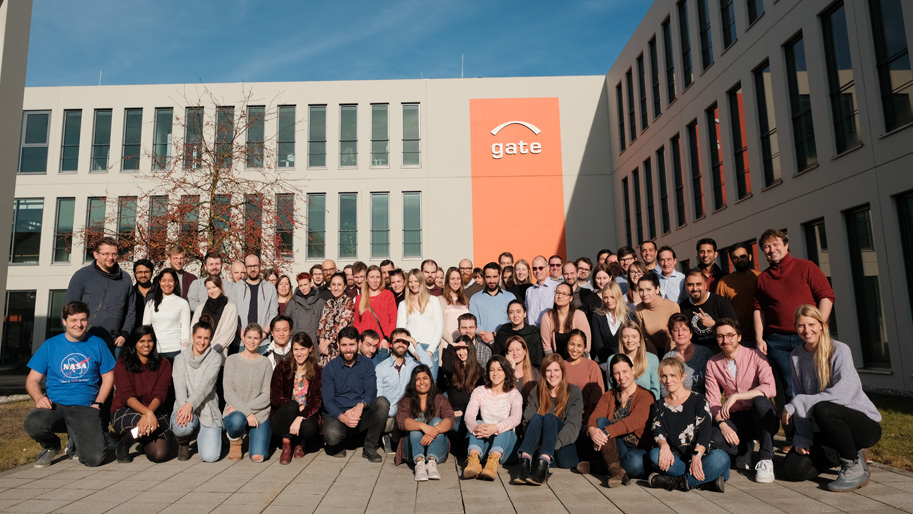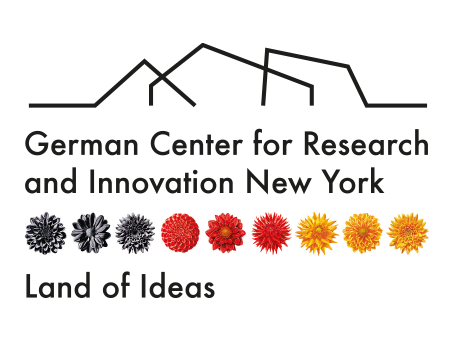Rethinking Cancer Pathology
 © inveox
© inveox
The founders of inveox have developed a system to digitize, automate and connect pathology laboratories.
These days, pathology labs require a lot of manual labor in order to prepare tissue samples for a cancer diagnosis. Physicians take samples, place them in containers and label these manually with a pen or pencil before sending them to a lab. Once in the laboratory, samples are examined, repackaged, and re-labeled. This process is prone to numerous flaws – samples can get lost or mixed up due to wrong labeling. Experts estimate that procedural errors can occur in up to 15% of samples taken.
The co-founders of inveox, the couple Maria and Dominik Sievert, discovered this flaw separately while studying at Technische Universität (TU) München in 2017 and decided to focus on creating Pathology 4.0, the pathology lab of the future. inveox aims to reduce operational irregularities and misdiagnoses while improving efficiency and safety in pathology labs. For this purpose, the founders have developed a system to digitize, automate and connect pathology laboratories. Samples are stored in an intelligent container with track & trace and process control features. Through an automation device, several tissue samples can be prepared for investigation and receive a unique identification code. In addition, physicians, hospitals and labs are connected through an encrypted and highly secure digital platform which allows for seamless, timely and reliable communication and ensures the best diagnosis possible. This way, histopathology data is digitized, automated and structured, which enables the use of data mining, AI, and a better opportunity for personalized therapy.
In 2019 inveox became a member of the World Economic Forum and participated in the renowned Texas Medical Center in Houston where the startup is gearing up for entering the US market. In 2018 they also opened a subsidiary in Poland. While securing around 22 million euros funding and economic success, the founders perceive its company and employees as one large family. Both believe that it is important to create economic as well as social added value and to expand the business in a sustainable fashion.
